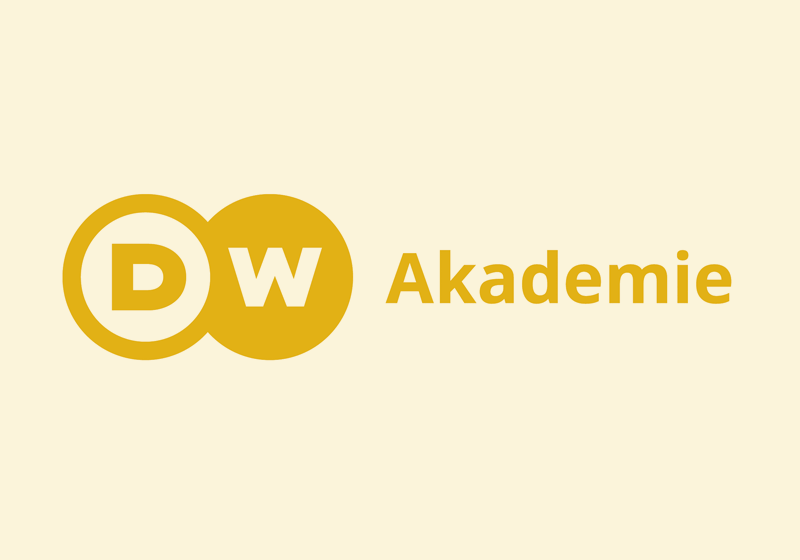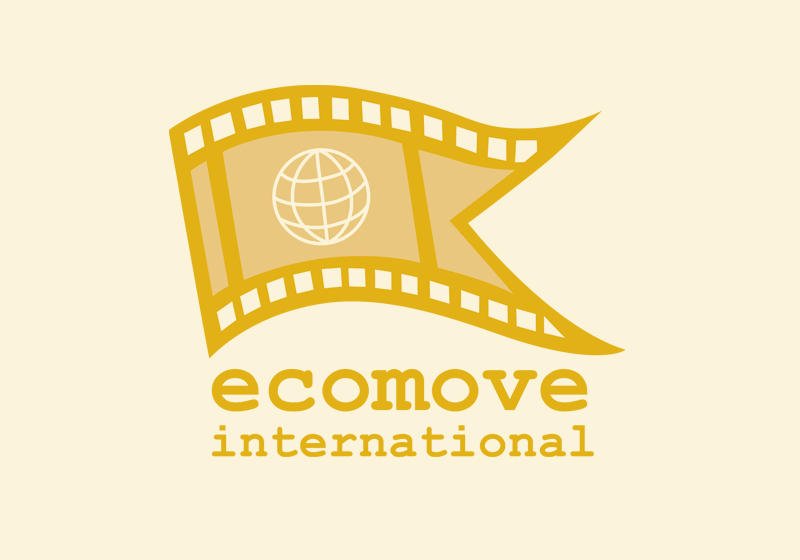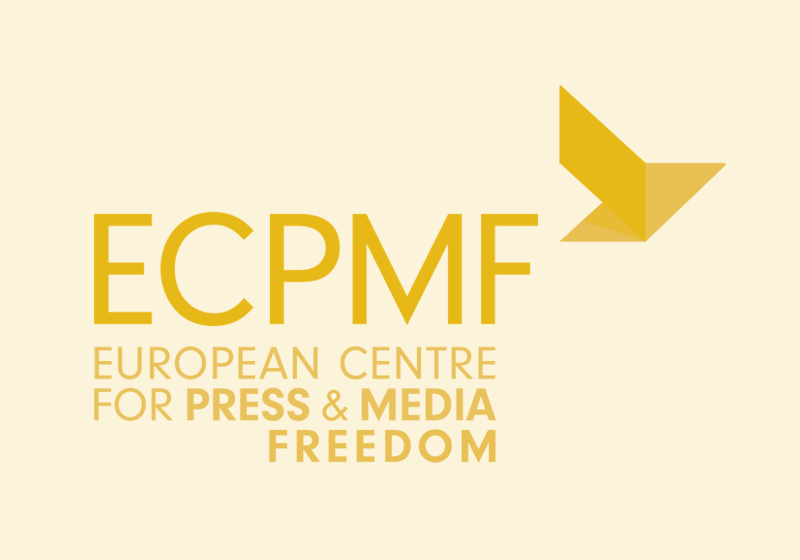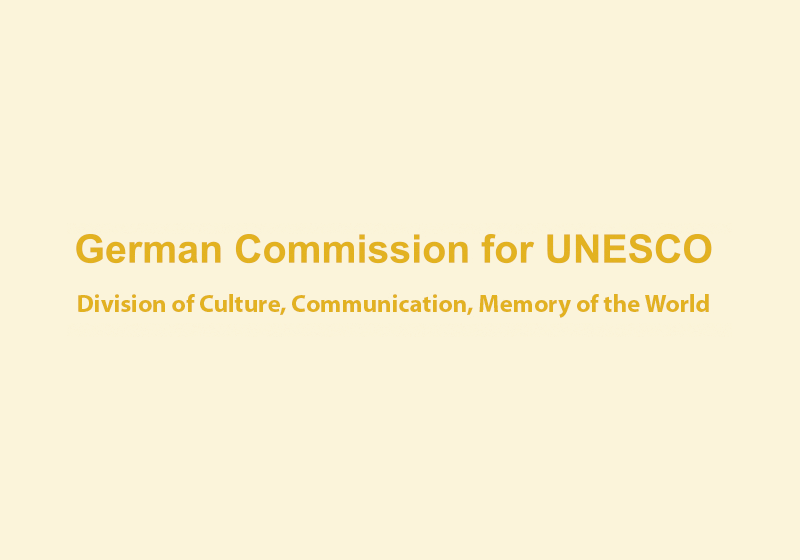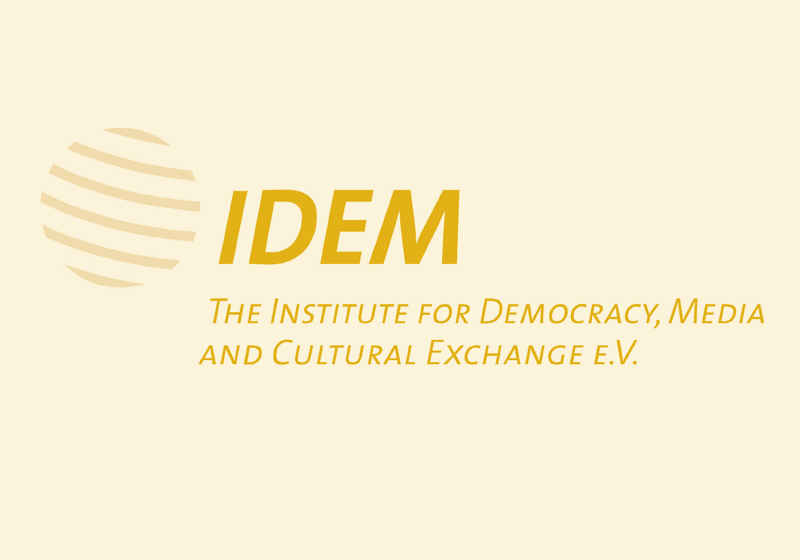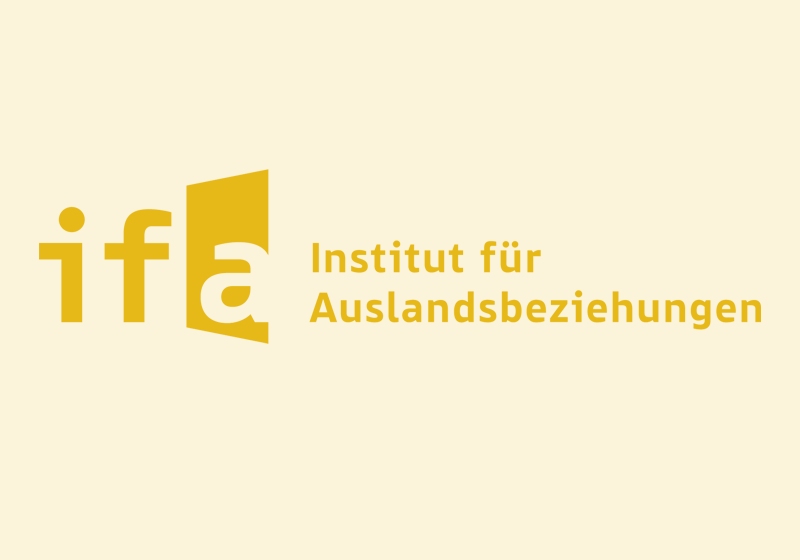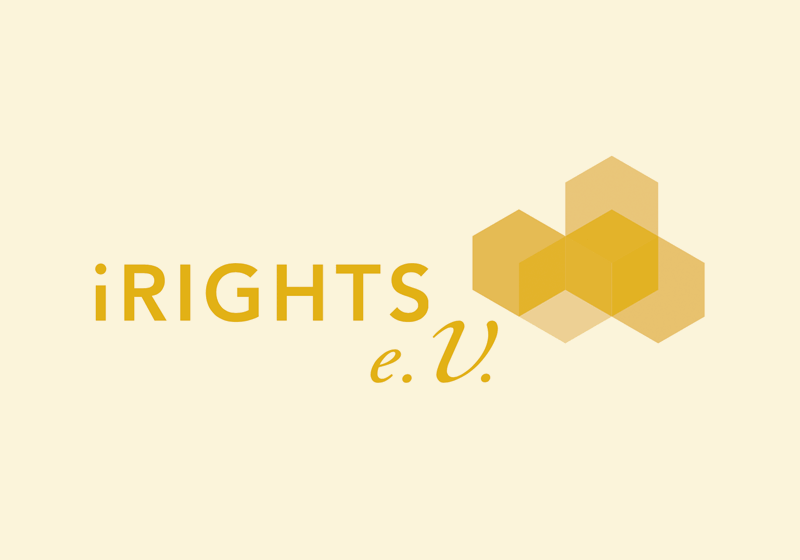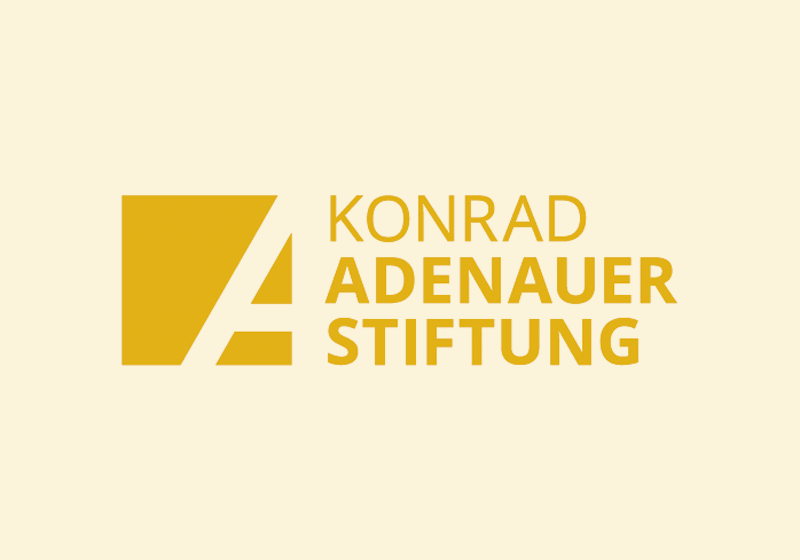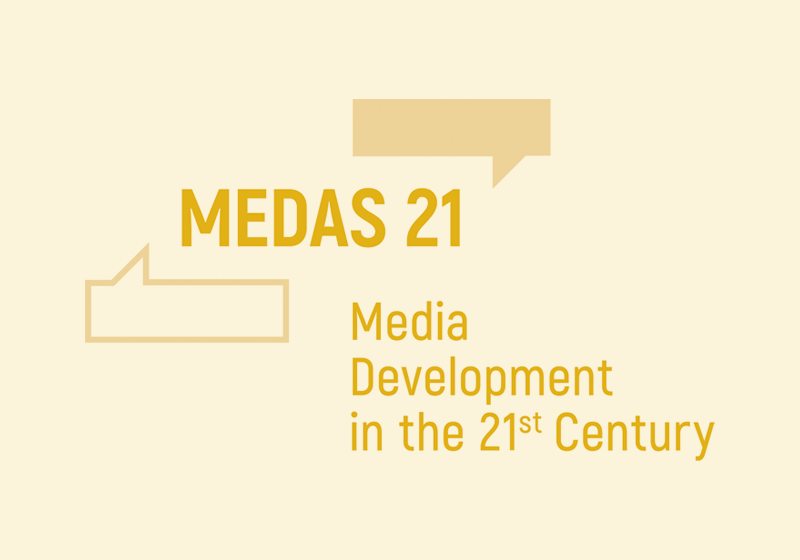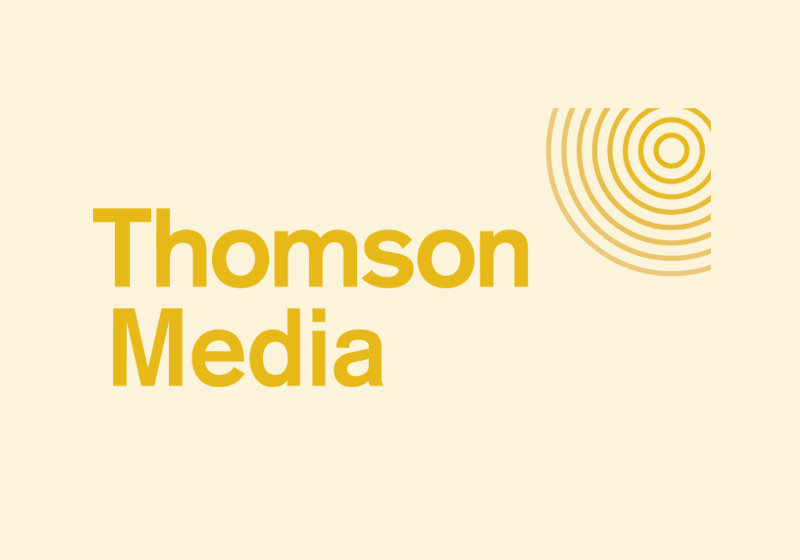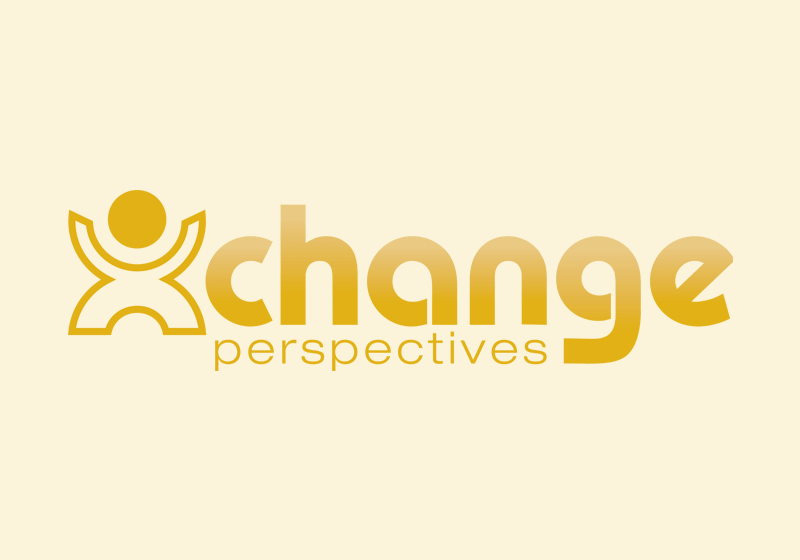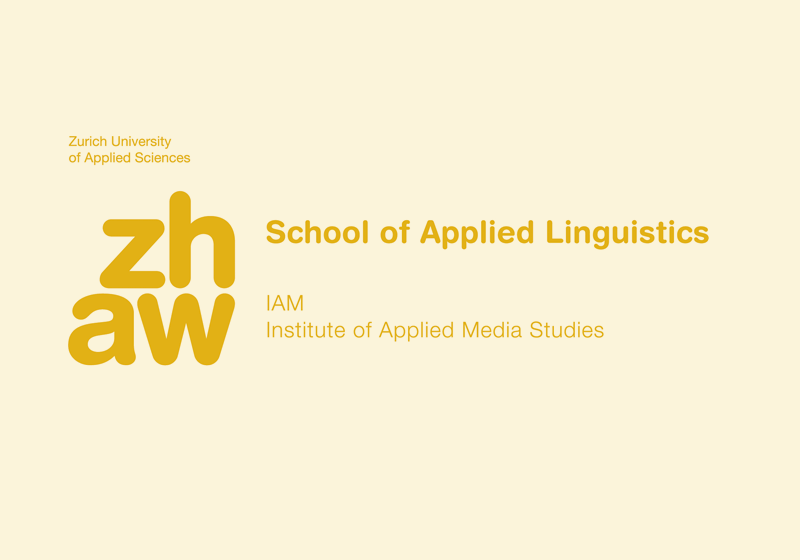Media Use & Audience Research in Developing Countries: Current Online Publications
Guides & Manuals
Do-It-Yourself Audience Research on a Shoestring
Anke Fiedler (2014). In: The Media Business for Pioneers, p. 86-103 (MICT)
The Guide to Researching Audiences
Rachel Quirk et al. (2008)
Handbook on Radio and Television Audience Research
Graham Mytton (2007)
Know Your Audience: A Practical Guide to Media Research
Dennis List (2002)
Policy Papers
Measuring the Audience: Why It Matters to Independent News Media and How It Can Contribute to Media Development
Michelle Foster, CIMA (2014)
“Independent news media, which often operate on the fringes of media markets, risk being left out completely if they are not participating whole-heartedly, and with solid knowledge and support, in these emerging arenas. They must embrace audience research as the foundation of both their business development—and audience development—practices. From a market development perspective, best practices around audience research deserve greater focus and resourcing in order to support partner news organizations.” (conclusions, p. 19)
Country Studies
BBG Research Series
Gallup / Broadcasting Board of Governors (2012–)
“These research briefings provide leaders, policy makers and academics with data on how people use radio, television and digital media in key developing countries.” (BBG website)
Syria Audience Research
MICT (2014)
“The media culture of Syrians is strongly dominated by satellite television which is the most widely accessible type of media for Syrians. Beyond satellite television, access to media is primarily dependent on location with people in government controlled areas enjoying the best access and people in refugee camps in Turkey being the most badly serviced … Where media is less widely available people rely more heavily on personal sources of information such as oral communication, mobile phones and email.” (p.2)
Kurdish Region of Northern Iraq: Humanitarian Information Needs of Syrian Refugees
International Media Support (2014)
“While TV scores high among both refugees and host population as a preferred media channel it will be challenging to reach out to the refugees through TV, as it seems they mainly watch international, Syrian and Pan-Arabic TV channels, whereas the host population primarily watches local Kurdish/Iraqi TV channels.” (p.16)
Information Ecosystems in Transition: A Case Study from Myanmar
Internews (2014)
“The research focuses on three themes. Firstly, it identifies and maps the information environment in Mon State in terms of technology and media use across urban, rural, non-conflict, and former conflict geographic areas. Secondly, the flow of news and information is examined to see how individuals receive information and then make decisions about sharing it with others. Thirdly, the report examines the dynamics underlying the trust and influence of news and information among individuals in Mon State.” (p.1)
After the Revolution: Libyan and Tunisian Media Through the People’s Eyes
BBC Media Action (2014)
“Libyans and Tunisians have grown weary of coverage that represents the interests of those who run or fund the channels and consequently place little trust in the media. Perhaps as a result of these limitations, the audiences are savvy and discerning consumers who “shop around” to access information and verify what they have found. People desire the media to do more than highlight problems. They want it to discuss solutions and act as a force for good rather than foster division.” (p.3)
Youth in Cambodia: Media Habits and Information Sources
BBC Media Action (2014)
“How do young Cambodians access and use media? What are the key sources of civic information for youth in Cambodia? What is the relationship between media consumption, voting behaviour and perceptions of electoral freedom? What is the relationship between media consumption and young people’s knowledge, attitudes and practices relating to civic engagement?” (contents, p.1)
Etude d’Auditoire au Burundi
IMMAR / Panos (2014)
“De fortes disparités sont observables entre la capitale et le reste du territoire : en termes d’offre ; en termes de rythme d’écoute ; en termes de diffusion : les médias sont peu accessibles le soir et la nuit hors de Bujumbura; accès à la TV est techniquement largement accru à Bujumbura” (p.5)
South Sudan National Audience Survey
Forcier Consulting / Internews (2013)
“Radio remains the most accessible source of information for the vast majority of people in South Sudan, though once again males and younger generations have greater access to radio as well as to other technology-based sources of information. Computers and televisions remain largely insignificant to South Sudanese; nearly half of all respondents did not have immediate access to media devices or technologies of any kind.” (p.vi)
Baseline Community and Decision Maker Media Perception Survey
Ipsos Synovate / Tanzania Media Fund (2013)
“Overall, ordinary citizens and decision makers alike feel the Tanzania’s media sector is growing and improving over time, and the sector is serving a news-hungry public that wants the media to keep those in positions of power accountable.” (summary)
Citizen Access to Information in Vanuatu
Intermedia (2013)
“While hunger for news is evident across all provinces, those living in more remote areas generally express a greater need for information on more basic issues that affect their daily lives, such as education, environment and domestic violence, than their counterparts in urban centres … Mobile phones are the most widely owned communication device in Vanuatu, while radio emerged as the most used and most trusted mass medium.” (key findings, p.8)
″Good Information Is in Short Supply″: Kenyan Farmers and Their Assessment of Information on Agricultural Innovation
Zurich University of Applied Sciences (ZHAW), 2013
“The main results of the survey point to (a) the dominating role of radio as the main media channel used by almost all farmers for receiving agricultural information and much less the mobile phone that is thought by Western donors and NGOs to be the new information tool, (b) the high credibility of government extension services as the most trustworthy source regarding agricultural information although farmers bemoan the fact that extension officers are difficult to reach and less available than expected, and (c) the apparent gap between what farmers need and what they get.” (summary)
Media Use in the Middle East: An Eight-Nation Survey
Northwestern University, Qatar (2013)
“In the midst of great enthusiasm for the internet, the importance of satellite television, notably Al Jazeera, is the most popular source for news and public affairs across the region. While its popularity varies by country depending on local sources of news and other factors, Al Jazeera was mentioned by respondents in every country surveyed as a top source of news. At the same time, social networking is nearly universal among those online and no other social media site comes close to Facebook in popularity.” (introduction, p. 8)
Consulta Ciudadana “Tu Palabra Sobre las Noticias y el Derecho a la Información y la Comunicación”
Observatorio Nacional de Medios (Bolivia, 2013)
“Esta investigación, en líneas generales, ha permitido establecer que la televisión es el medio preferido para informarse y está situada en los extremos de la credibilidad: se le cree o no se le cree.” (p.34)
A Quiet Opening: North Koreans in a Changing Media Environment
Intermedia (2012)
“Substantial numbers of North Koreans are able to access various forms of foreign media. These include foreign TV and radio broadcasts, and particularly foreign DVDs brought into the country from China by cross-border traders and smugglers.” (p.1)
Finding a Way: How Iranians Reach for News and Information
Annenberg School for Communication (2012)
“We find that among both the general population and the technologically savvy youth, television – and especially the state-controlled broadcaster – was among the most often used news sources (with the Internet being the most important news outlet for the youth).” (p.38)
Citizen Access to Information in Papua New Guinea
Intermedia Europe / Australian Broadcasting Corporation (2012)
“We are proposing a set of ten considerations for media and development practitioners looking to more effectively engage with the audiences in Papua New Guinea. One, recognize the considerable diversity in access to media, media consumption patterns, information needs and content preferences between different population sub-groups … Two, prioritise the challenge of improving access to media, including TV and radio signal, as this is proving to be a significant barrier to regular media consumption in many provinces … Three, seize the current opportunity to respond to the appetite for more detailed and current news and information content …” (p.65)





